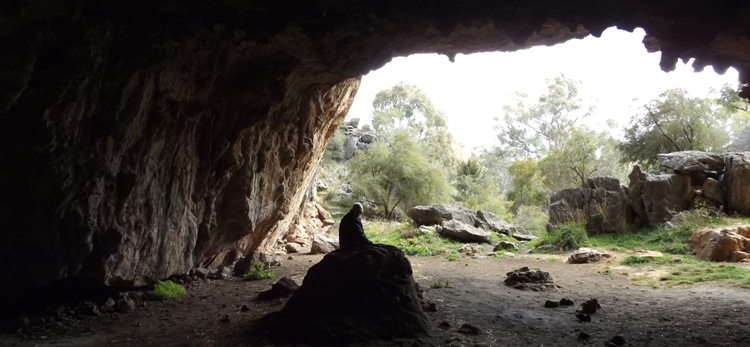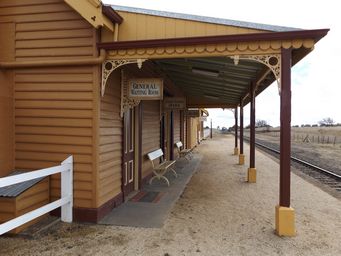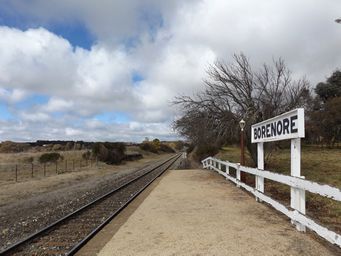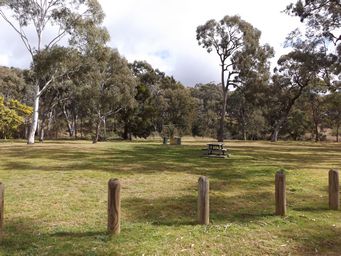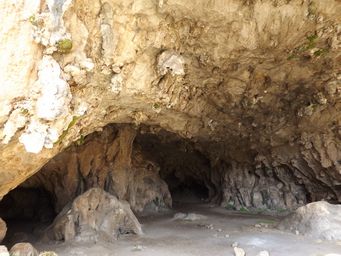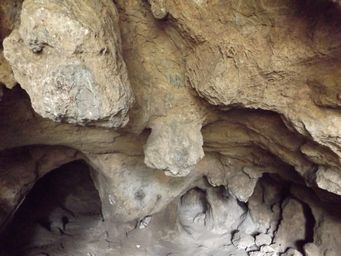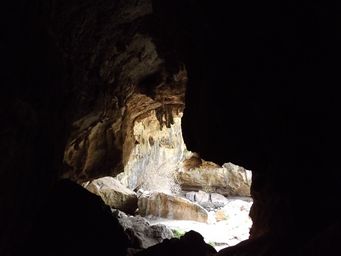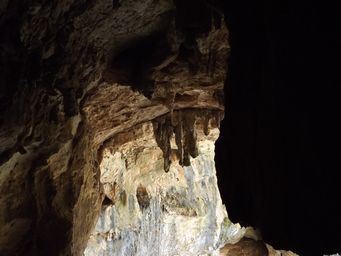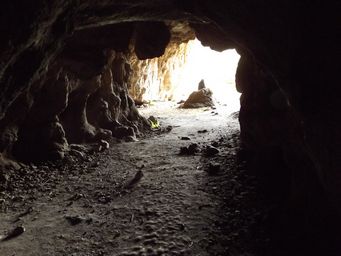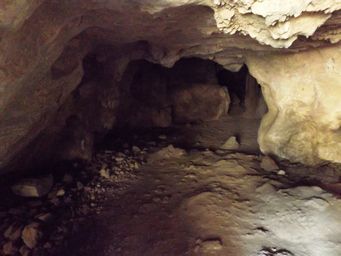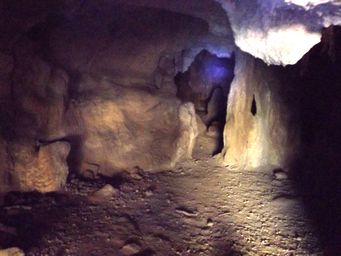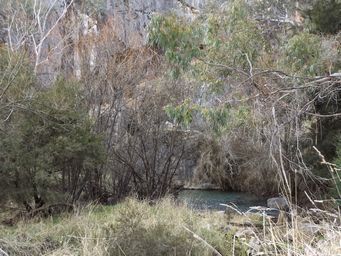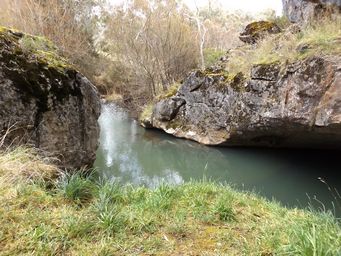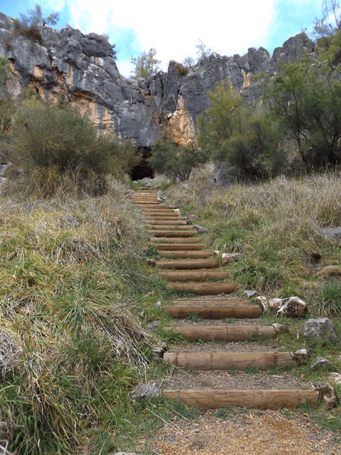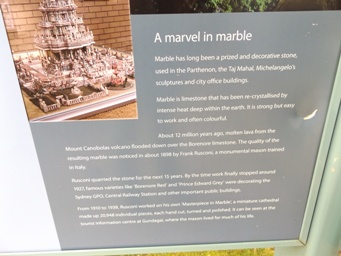Australia So Much to See
New South Wales - Borenore
The quality of the resulting marble was noticed by monumental mason Frank Rusconi around 1898. Rusconi quarried the stone
for the next fifteen years. Bu the time the work finally stopped around 1927, famous varieties like Borenore Red and Prince
Edward Grey decorating the Sydney GPO, Central Railway Station and other important public buildings.
We called in at Borenore, where the site of the former railway station is being developed as a picnic area. The first train
to reach the Borenore Railway Station on the Broken Hill railway line arrived in December 1885. The area was established
as the local tennis club but this too has also been abandoned. All but the old station bathrooms are closed to the public.
The
first homes in the Borenore district were built in the early 1860s. Borenore soon became a large settlement. The first
European settlers adopted the aboriginal name of the area "Bora-Nora". A Bora is the name given both to an initiation ceremony
of Indigenous Australians, and to the site on which the initiation is performed. At such a site, boys achieve the status of
men. "Nora" refers to the overhanging rock near where such ceremonies were held, probably around the area of the Borenore Caves.
The first recorded settler in the area of what is now known as Borenore was William Charles Wentworth. After his conquest
of the Blue Mountains, Wentworth pushed further into the Central Western region. In 1820s Wentworth squatted at Boree. Wentworth held an area that extended from Boree to Mount Canobolas to Toogong to Borenore.
The Australian National Field Days
(ANFD) claims to be oldest annual agricultural exhibition in the country. Established in 1952, the ANFD continues to offer visitors
a unique insight into the future of agriculture with the commitment to Advancing Australian Agriculture.
More than 600 exhibitors
travel to the Borenore site from all over Australia and internationally to display their products and services during the three-day
event.
Borenore is fifteen kilometres west of Orange along the Escort Way, in an area of orchards and vineyards. A further two
kilometres west is the Borenore Karst Conservation Reserve.
Borenore Karst Conservation Reserve has a spacious picnic grounds with pit toilet. There are marked walks.
A seven kilometre return walk from Borenore picnic area takes you to Verandah Cave, a large limestone overhang protecting large pools
of water. We did not take this walk.
Tunnel Cave is a long, dark passage, about 110 metres long, which emerges from the
base of a large hill. The Tunnel Cave is closed from May to October each year so that a colony of Eastern bent-winged bats,
which hibernate there, are left undisturbed.
The limestone caves were also a source of fine Borenore Red Marble, which was supplied to the Strand Arcade in Sydney and also Buckingham
Palace.
About twelve million years ago, molten lava from the Mount Canobolas volcano flooded down over the Borenore limestone.
Marble is limestone that has been re-crystallised by intense heat deep within the earth, It is strong but easy to work, and
often colourful.
